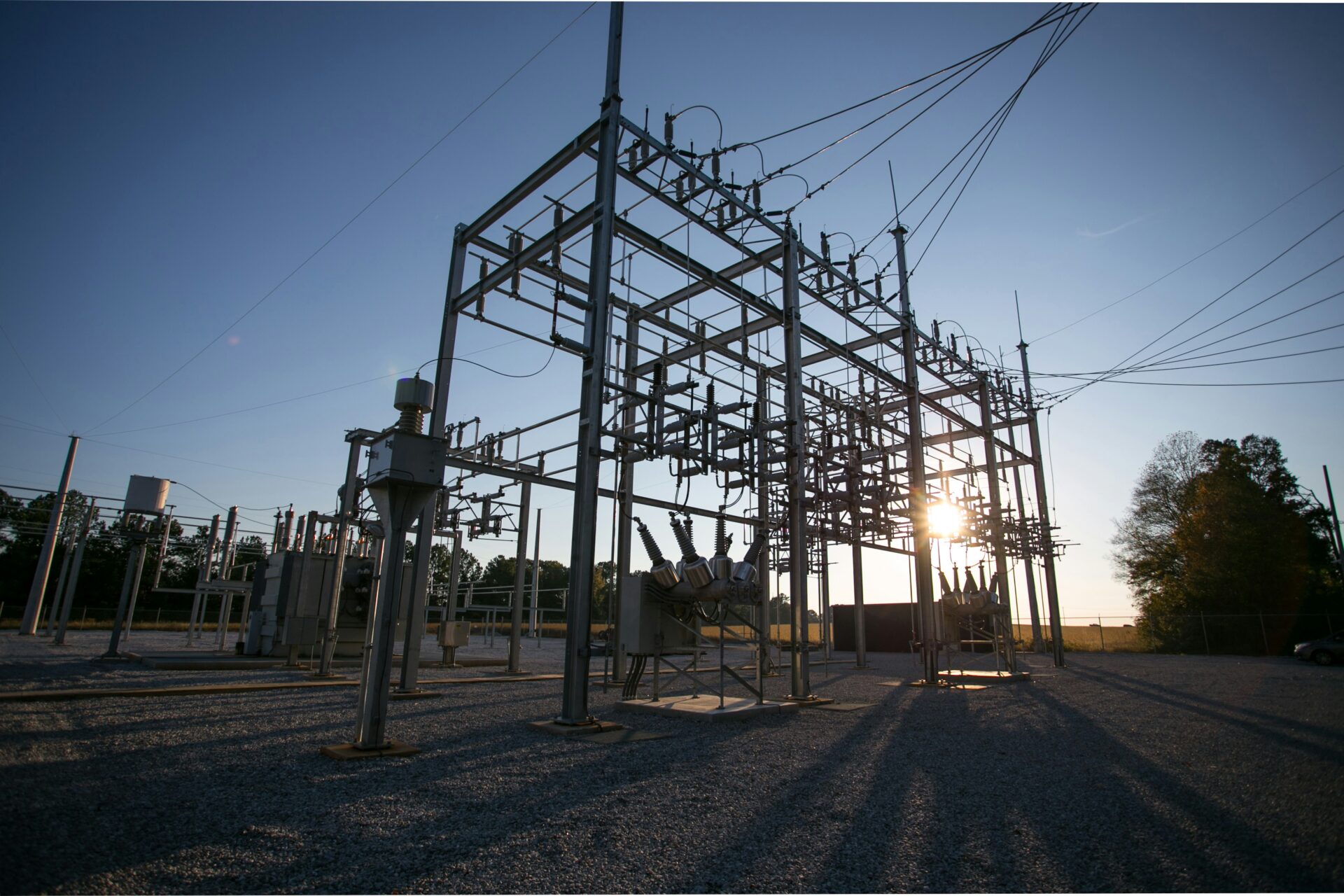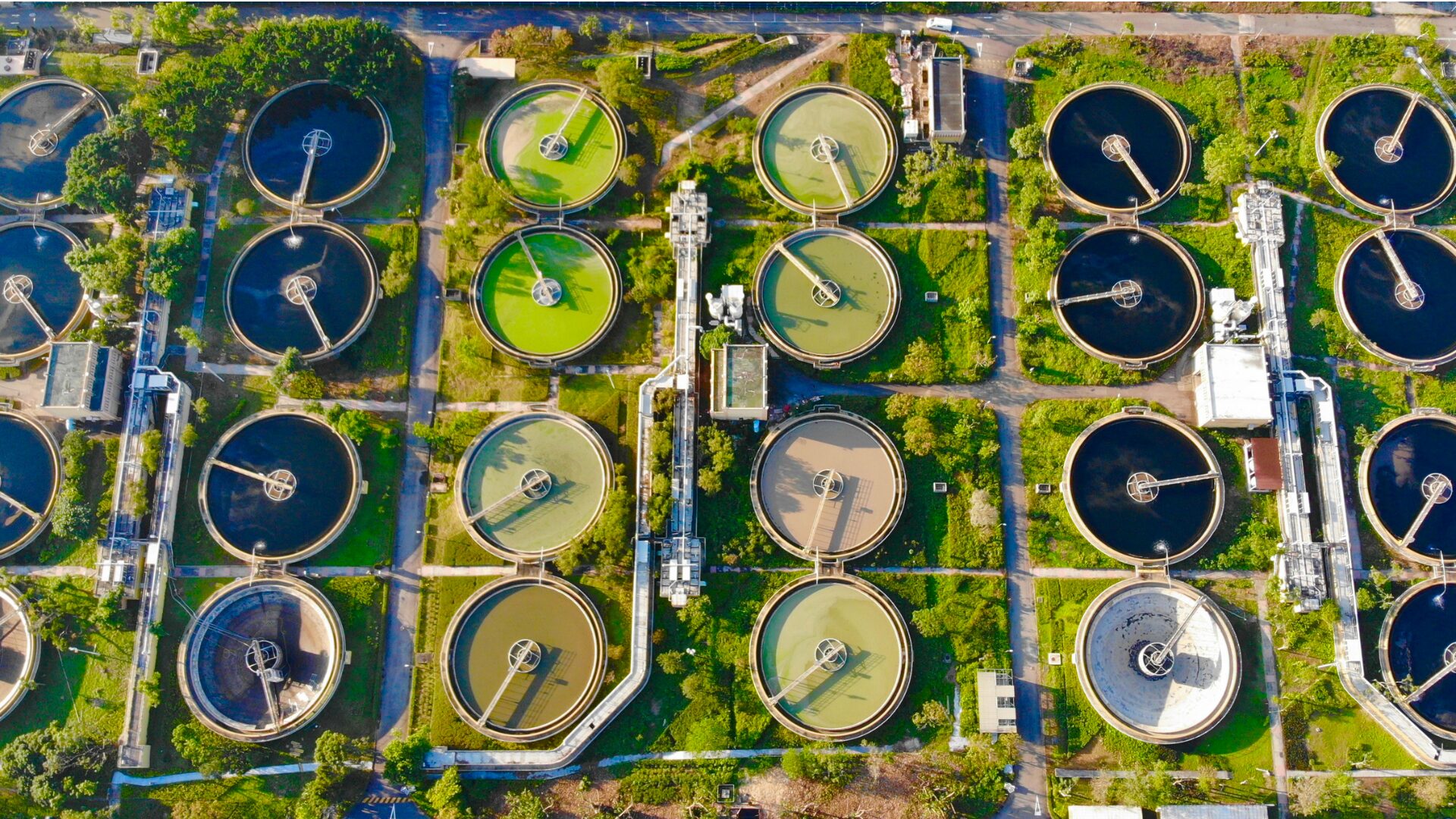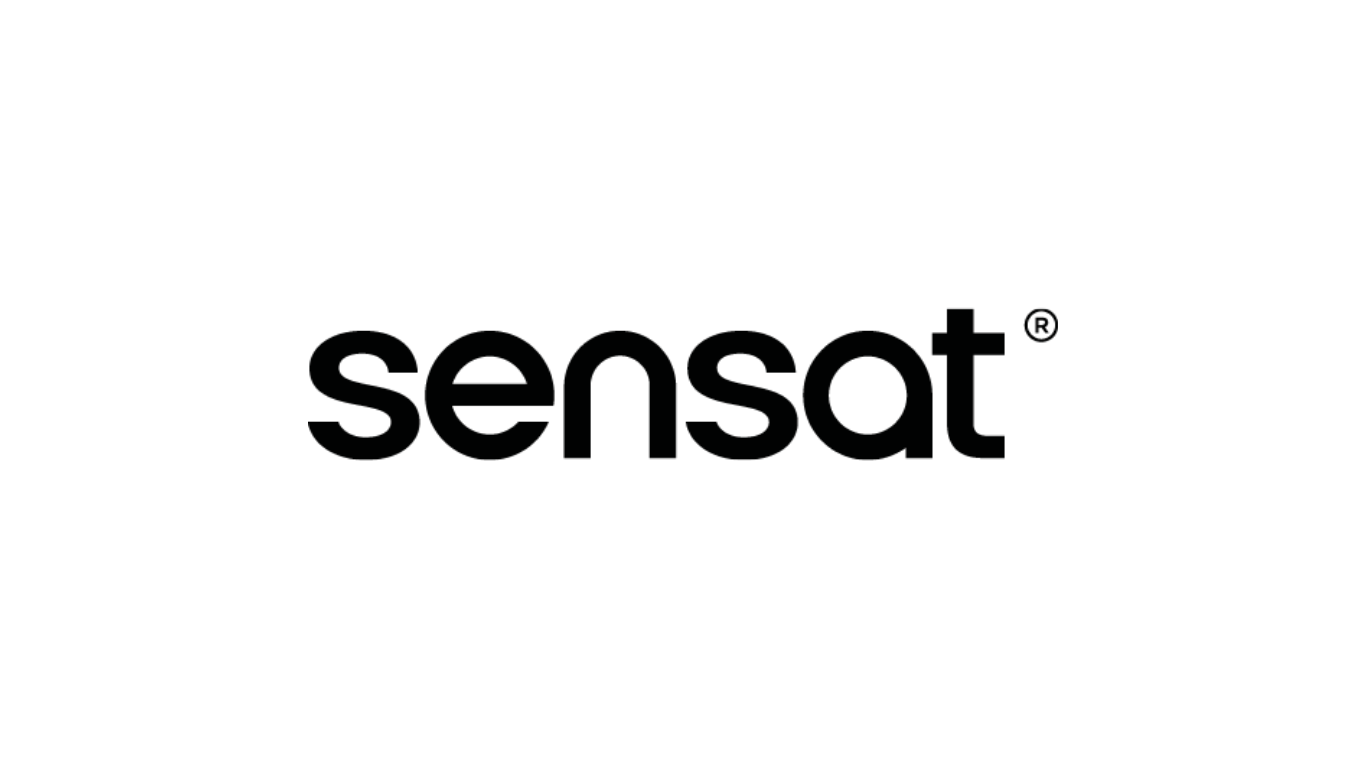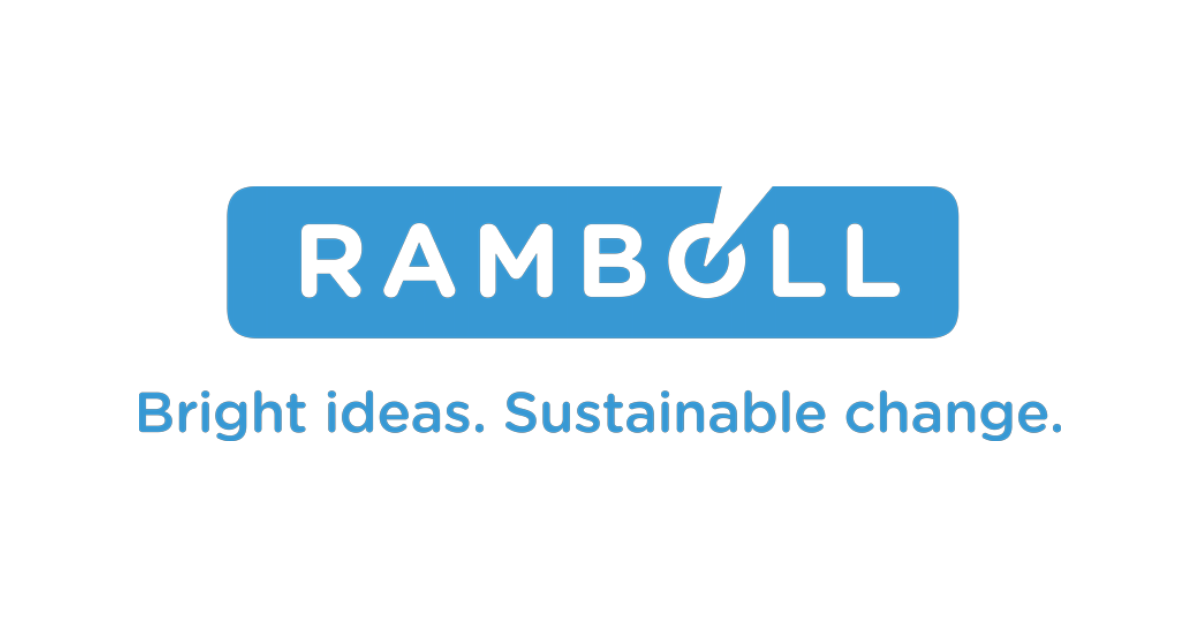Wastewater treatment is an essential part of the water cycle, and MBBR (Moving Bed Biofilm Reactor) technology has revolutionized how wastewater can be treated.
MBBR offers a flexible and efficient alternative to traditional methods of wastewater treatment. With this approach, MBBR utilizes specialized plastic media that facilitates biofilm in the wastewater treatment system. MBBR combines several useful technologies, allowing for more cost-effective and efficient wastewater treatment.
In this blog post, we’ll explore MBBR, including what it is and how MBBR works, as well as its advantages over traditional methods. We will also discuss IFAS technology, which MBBR combines with, and the MBBR wastewater treatment process.
What is the MBBR Process?
MBBR stands for Moving Bed Biofilm Reactor technology, which was invented in the early 1980s. MBBR is a biological wastewater treatment process that uses specialized plastic media to facilitate the biofilm process in the system.
How the MBBR Process Works
The MBBR process contains relatively simple steps and is designed to maximize aerobic and anaerobic processes. MBBR provides adequate mixing, allowing for the growth of bacteria in the MBBR media. The MBBR reactor uses mechanical aerators which stir up the MBBR media, creating a low-shear environment that allows for biofilm development on the surface of the media. The MBBR system also contains a settler to separate the MBBR media from the treated water.
Advantages Of The MBBR Process Over Traditional Methods
The MBBR process is designed for optimum efficiency and can be used to treat both raw domestic wastewater and secondary effluent. MBBR is also very effective in removing organic and nitrogen compounds, making MBBR an ideal choice for wastewater treatment. It is highly flexible, allowing for the selection of specific media sizes and shapes to suit any application. MBBR also provides excellent performance in aeration, oxygen transfer, and solids separation compared to conventional technologies.
IFAS and MBBR
IFAS stands for Integrated Fixed Film Activated Sludge, and it is a process that combines MBBR with the traditional activated sludge process. MBBR media provides an ideal surface area for bacteria to attach and form a biofilm, while the activated sludge process offers efficient nitrogen removal via oxidation.
How IFAS Technology Is Combined With MBBR
The MBBR reactor is combined with an activated sludge system to create the IFAS process. MBBR media provides a surface for both aerobic and anaerobic bacteria to adhere to, while the activated sludge system provides efficient nitrogen removal. MBBR media is placed into a separate tank from the activated sludge system, and the MBBR media is moved with the help of aeration, creating a low-shear environment in the MBBR tank. This low-shear environment allows the MBBR media to efficiently degrade organic matter, while the activated sludge process is used for nitrogen removal.
Benefits Of Combining IFAS and MBBR
The combination of MBBR and activated sludge provides several advantages. MBBR media provides an excellent surface area for bacterial attachment and the MBBR system is highly efficient in degrading organic matter. MBBR also reduces sludge production and stabilizes the wastewater treatment plant, while the activated sludge process provides efficient nitrogen removal.
The IFAS process is also more cost effective than traditional processes and requires less energy, making it an ideal choice for wastewater treatment. MBBR media also requires minimal maintenance, allowing for a more efficient and cost-effective wastewater treatment process.
Overall, MBBR with IFAS is a highly reliable system, offering greater resilience and higher performance than traditional activated sludge systems. MBBR also requires less maintenance compared to other treatment processes.
MBBR Wastewater Treatment
The general MBBR wastewater treatment process consists of four steps: aeration, settling, filtration, and disinfection.
1. Aeration
First, the air is injected into the MBBR tank to create a low-shear environment and provide sufficient oxygen for bacteria to grow. MBBR media is added to the MBBR tank and forms an ideal surface for bacteria to attach and form a biofilm. The MBBR media also provides adequate mixing, allowing for efficient degradation of organic matter.
2. Settling
Once in the MBBR reactor, organic matter is broken down by bacteria in the system. After this step, a settling process begins, where solids are separated from the water. The MBBR media is used to help settle and remove suspended solids from the wastewater.
3. Filtration
Next, a filtration process is used to remove any remaining suspended solids from the MBBR reactor. Filtration also helps reduce turbidity levels in the MBBR reactor and ensures that solids are adequately removed from the wastewater.
4. Disinfection
Finally, a disinfection step is employed to reduce the risk of disease transmission. Chlorine or ozone is commonly used as a disinfectant in MBBR reactors. Also, MBBR reactors often employ an oxidation step, which helps break down residual organics and other contaminants in the MBBR reactor.
Comparison With Traditional Wastewater Treatment Methods
Compared with traditional wastewater treatment methods, MBBR offers several advantages such as lower operational costs, higher efficiency, and better performance. MBBR requires less energy compared to conventional processes and is more reliable than activated sludge systems. MBBR also takes up less space and requires fewer chemicals for wastewater treatment.
Case Studies
MBBR has been successfully used in a variety of applications. Our team at Transcend has successfully implemented MBBR wastewater treatment systems and a variety of others for a wide range of clients.
For example, in a case study of a water utility benefiting 1.8 million people in the southern part of the United States, cutting edge treatment processes were successfully analyzed to provide advanced wastewater treatment. MBR, MBBR, and MBBR-IFAS were assessed in the conceptual design phase to meet the effluent, loading, and various flow requirements.
Coupled with our intuitive Transcend Design Generator (TDG), the chosen technology was deemed the most reliable and cost-effective solution meeting project requirements as design time was reduced by 90%. The Transcend Design Generator also helped with designing 30 mock-ups while meeting the deadlines and budget.
Transcend Design Generator (TDG) For The Water And Wastewater Treatment Sector
MBBR with IFAS is a highly reliable system, offering greater resilience and higher performance than traditional activated sludge systems. MBBR also requires less maintenance compared to other treatment processes and has been successfully used in a variety of applications.
The Transcend Design Generator (TDG) can be used to design MBBR wastewater treatment systems and IFAS processes with reduced design time and increased cost efficiency. TDG is a useful tool for the water and wastewater treatment sector as it can help reduce project costs while meeting all requirements.








 WWTP Design
WWTP Design  Substation Design
Substation Design  Utility Interconnection Hub
Utility Interconnection Hub  White Label Proposal Generator
White Label Proposal Generator  PFAS Feasibility Study
PFAS Feasibility Study  Booster Station Design
Booster Station Design  Value Discovery Program
Value Discovery Program